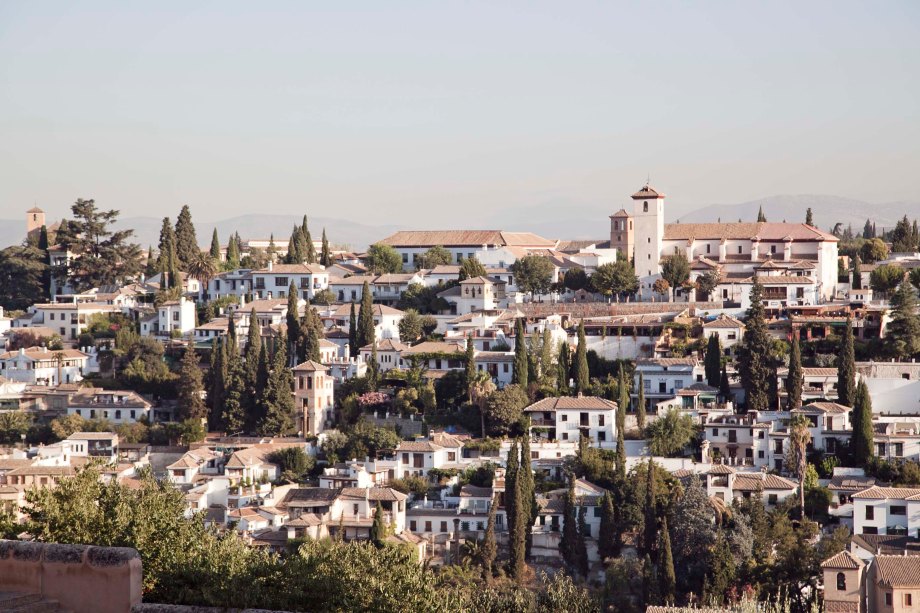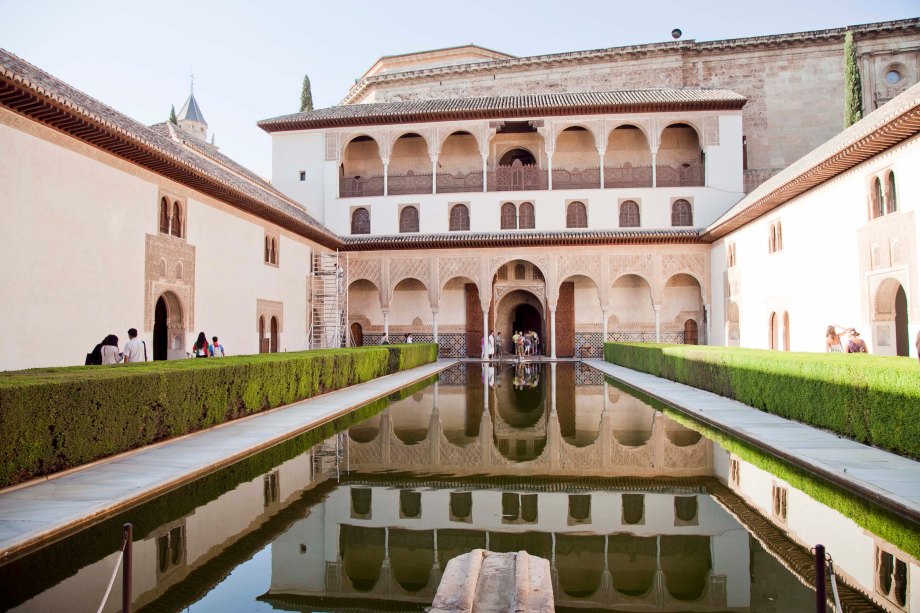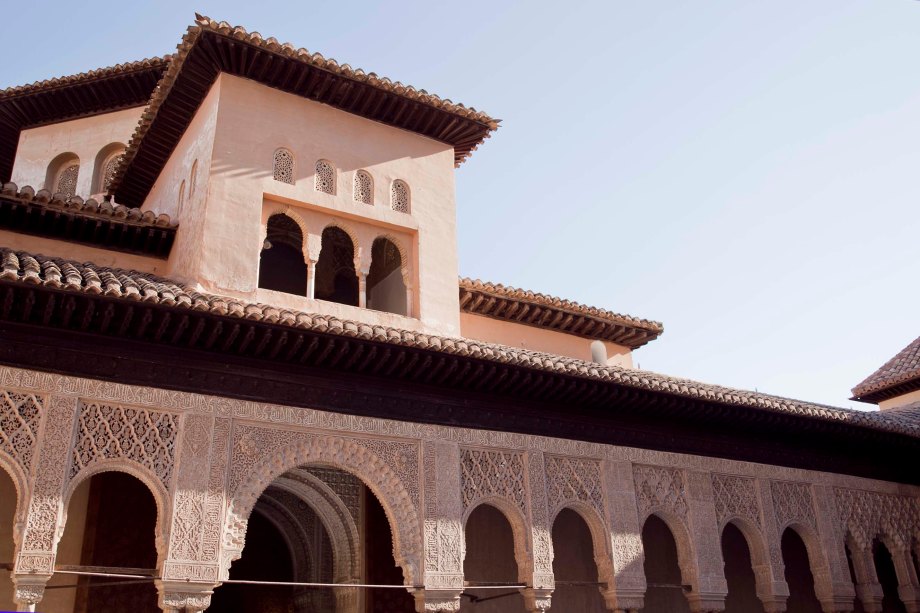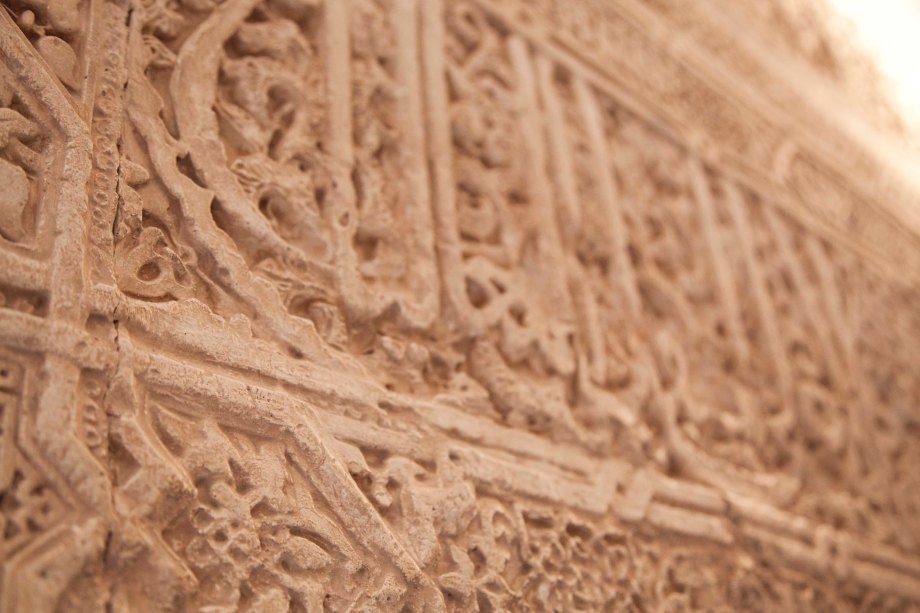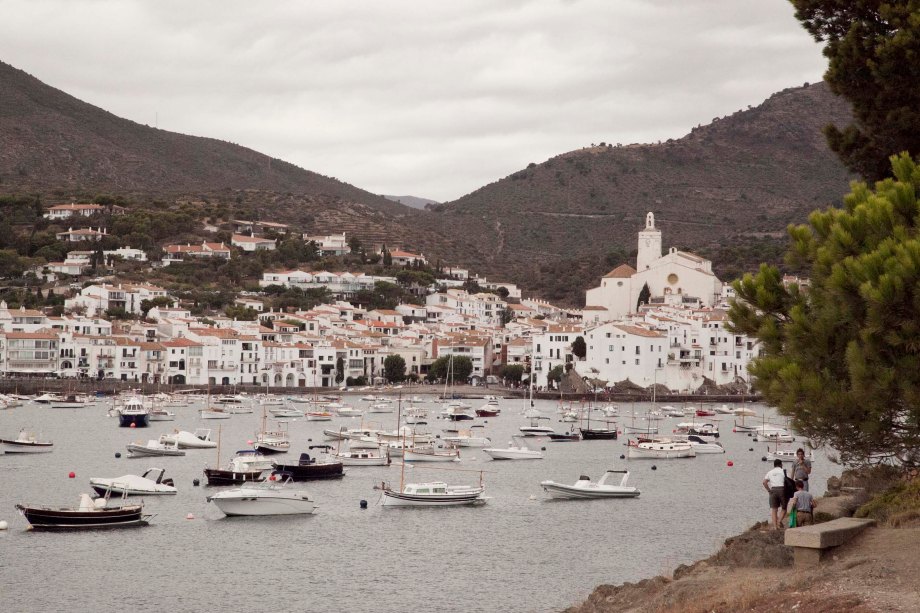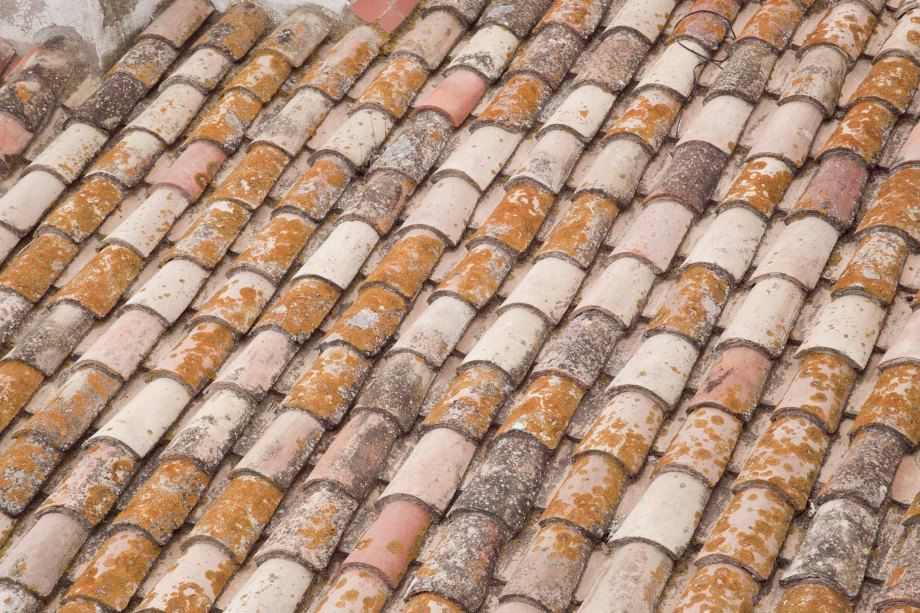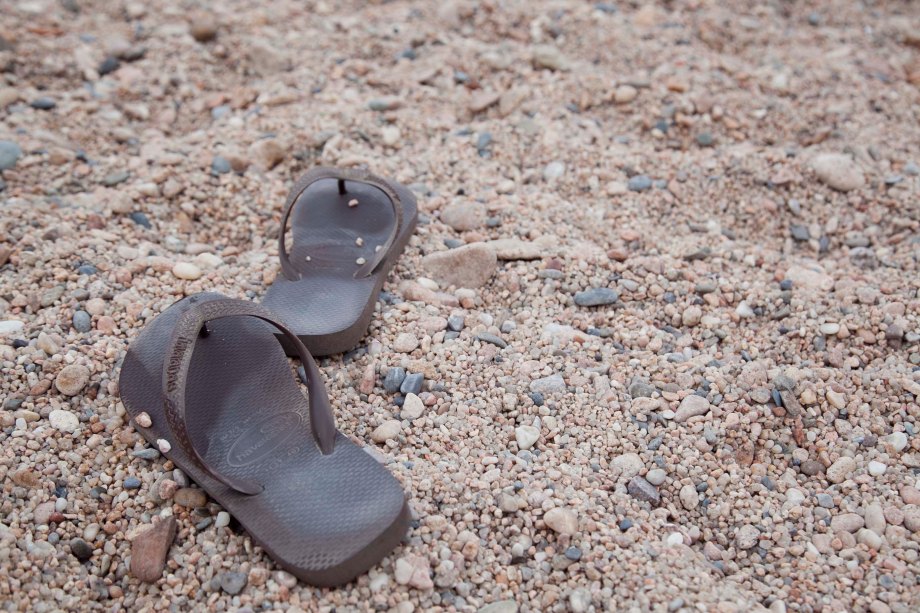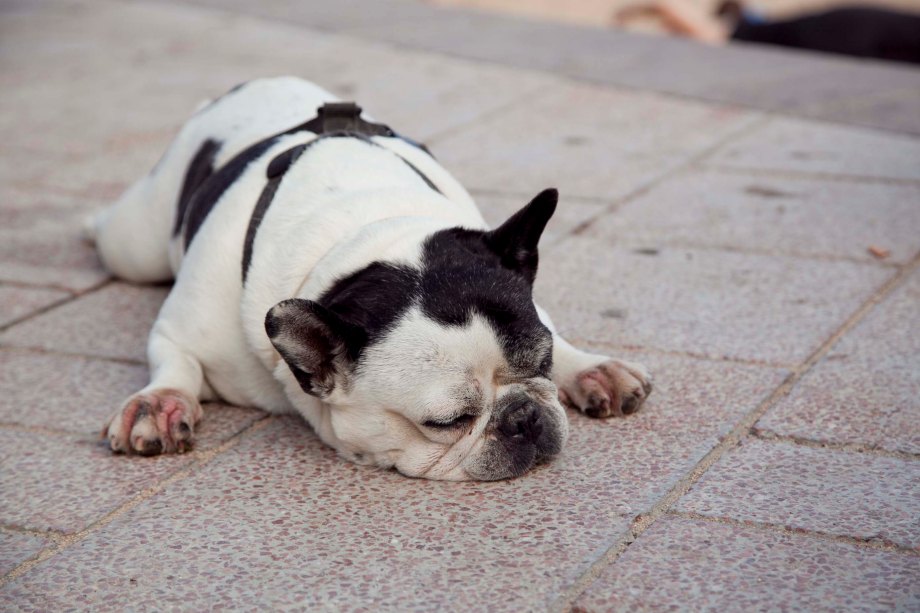After spending a few days in the craziness of Barcelona, we headed south to the picturesque and quaint little town of Granada, made famous due to old Moorish castle and fortress, known as The Alhambra.
If you’re visiting Spain, this is an icon not to be missed (and it seems as though everyone has been told likewise). Tickets have to be booked online in advance, with specific entry times, so that the main palace does not become too over crowded with visitors. If you’re visiting in summer, I suggest that you visit in the early morning or late afternoon, as southern Spain becomes extremely hot in the middle of the day, and there is a fair uphill walk to The Alhambra, or you could always take the bus if you forgot to take your walking along.
The Alhambra complex is absolutely mind-boggling. It is enormous – the buildings and gardens never seem to end. Originally constructed in 889 as a fortress, it took prime position over Granada, with a fantastic view over the town and surrounding countryside. It was transformed into a royal palace in 1333 and its Islamic palaces were home of the last Muslim Emirs in Spain, the Nasrid Dynasty. The gardens and buildings are all evocative of wealth and power. The immaculate and highly detailed wall carvings and plaster castings, the skilled mosaic and tile work, even the ornate wood carvings on doors and ceilings. No corner is left bear – the interiors and exteriors of the palaces are all ornately decorated – it really is a feast for the eyes. The entire place is magical. I would definitely set aside a good half a day or more just to explore the complex. Take your time admiring all the amazing art work, stroll through the peaceful gardens, and enjoy the spectacular view of Granada from one of the many vantage points.
The Alhambra was taken over in 1492 by the Catholic monarchs after the Reconquista, during which time some Christian elements were added to the complex. Over the centuries, The Alhambra was slowly neglected and began to deteriorate, until it was ‘re-discoverd’ in the 19th century by scholars and travellers. From this point in time, restoration work began on the buildings and gardens to restore it to the excellent condition we find it in today.
We were also lucky enough to visit Granada during the season of the Flamenco Ballet. And we were also so lucky as to get tickets for the final show, which was being performed in the gardens of The Alhambra. So we got a little dressed-up, sipped a champagne or two before then show, and then had the most wonderful experience of watching a group of talented performers under the starry mid-summer night sky.
Aside from The Alhambra, Granada itself is a beautiful town to visit. Located in Andalucia, the region in southern Spain, which was for centuries ruled by Moorish/Islamic people originally from northern Africa. Granada is a typical Andalucian town with many influences of the Islamic culture, both in the architecture and layout of the town, as well as the attitudes and values of the people. We were so fortunate enough to stay right in the centre, in the Albayzin – the old Muslim quarter, an area bustling with stores selling Arabic sweets, homewares, alternative medicines and a number of quaint little Middle Eastern/North African inspired restaurants. It has been created by a labyrinth of streets, weaving up and down the hill, which are rather easy to get lost and disoriented in. It is a great place to wander around and literary lose a few hours in.
Another interesting part of Granada is Sacromonte. This area was originally the neighbourhood of the gypsies, who arrived after the Christian conquest. This neighbourhood is a collection of cave houses built into the side of the hill, known as Sacromonte. The area still has a bohemian feel, with flamenco music softly dancing through its desolate streets at all hours of the night.
Granada is also a great place to do a spot of shopping. Aside from the usual tourist paraphernalia, there are all your regular stores, such as Zara, H & M, Mango, etc. Granada was also the first place we tried this amazing frozen yogurt which we later found all over the towns in southern Spain. We couldn’t get enough of it. We would eat it for breakfast, lunch and dinner. So delicious and refreshing in the summer heat of Andalucia.
Essentials:
Getting There:
We were originally thinking to get the bus from Barcelona, which would have been long and tiresome. Then we discovered that Veuling flew from Barcelona to Granada for only 80 euros. Perhaps cheaper than the bus and 10 hours quicker. Flight time is about an hour, and hassle free. There is a shuttle bus waiting for you at the airport in Granada to ferry you to the town centre without a trouble in the world.
Stay:
We stayed at the Oasis Hostel in Granada. This chain of hostels is well-known in Spain for their friendliness, party atmosphere and cleanliness. The room we had was not one of the best during our trip – you heard a lot of street noise, the rooms were very small considering the amount of bed they squashed in, and my travel partner was ferociously attacked by bed bugs. Its good points were that is was well located and it had a friendly atmosphere.
Eat:
The frozen yogurt, of course! A perfect way to cool down in the scorching sun. Or a cheap and sweet meal choice in our case. Chose your size, select your toppings and away you go. Toppings include such things as dulce de leche, cookies and cream, brownies, M & Ms, nuts, fruit, etc. There are about 30 to chose from, and making that chose is probably the most difficult thing you’d do during your stay in Granada.
